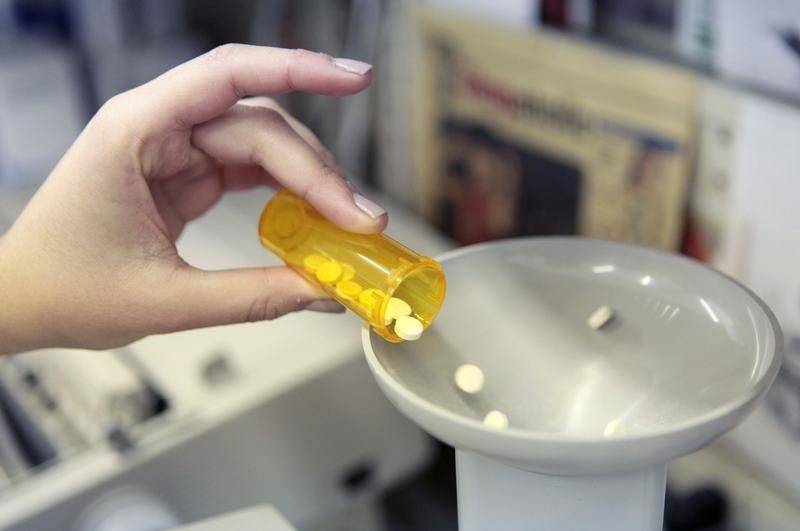(Adds reaction insurance, drugmaker trade groups, comment on new drug price rules)
By Kelsey Johnson and Allison Martell
OTTAWA/TORONTO, June 12 (Reuters) - A Canadian advisory council studying prescription drug coverage said on Wednesday the federal government should create a C$15.3 billion ($11.5 billion) universal, single-payer public pharmacare system, and warned that the current system requires a major overhaul.
The council said the plan should be implemented no later than Jan. 1, 2027, with coverage for essential medicines in place by Jan. 1, 2022.
Canada is the only country with a universal health care system that does not include universal coverage for prescription drugs. Most prescriptions are paid for through employer-funded drug plans, while some are covered by government programs for the elderly, or people with low incomes or very high costs.
"We can't tinker with what exists. We have to transform it," council chair Eric Hoskins, a former Ontario health minister, said at a news conference.
The report said public and private drug providers had told the council the system is "near the breaking point."
Canadian Prime Minister Justin Trudeau's Liberal government has promised some kind of national pharmacare program, and its approach may be a key issue in the country's October election.
Minister of Health Ginette Petitpas Taylor said in a statement that the government would "carefully study" the recommendations "over the coming months."
The council estimated the national pharmacare would cost the federal government an additional C$3.5 billion at its launch in 2022, and C$15.3 billion in 2027.
If implemented in full, the plan would likely cut into profits of insurers and drugmakers in Canada, while saving employers and patients money.
Shares of three major insurers listed in Canada, Manulife Financial Corp MFC.TO , Sun Life Financial Inc SLF.TO and Great-West Lifeco Inc GWO.TO , all dropped. FOR THE PRIVATE SECTOR
Canada's drug insurance system is a patchwork of more than 1,000 public and 100,000 private plans, which can make it difficult for smaller payers to negotiate discounts with pharmaceutical companies.
The Canadian Life and Health Insurance Association (CLHIA)urged the government to work with private plans to negotiate lower drug prices. CLHIA president Stephen Frank said in a statement that all Canadians can have access to the medications they need "without putting at risk what's working today."
Hoskins said costs associated with the proposed program are already being paid by Canadians. By 2027, total prescription drug spending would be about 10% lower with the proposed changes, Hoskins said. Canadians spent C$34 billion ($25.6 billion) on prescription medicines in 2018.
Hoskins said he envisions "space" for the private drug insurance sector after a universal public program is rolled out.
"The profit that insurance companies generate through drug insurance plans is modest, I would describe it, compared to other aspects of benefits provided," he said.
Pamela Fralick, president of pharmaceutical industry group Innovative Medicines Canada, said whatever path the government chooses, "no Canadian should be worse off than they are right now."
NEW DRUG PRICE RULES IN THE WORKS
Speaking after the report's release, Petitpas Taylor said work on the Canadian government's proposal to reduce patented drug prices is still underway, and "movement" would come in the very near future. regulations, set to go into effect in January 2019, were delayed amid heavy lobbying from drugmakers. drug prices in Canada are among the highest in the world. Government surveys show some 20% of Canadians are uninsured or under-insured.
In its most recent budget the Trudeau government promised modest changes, including new funds for expensive drugs that treat rare diseases. ($1 = 1.3275 Canadian dollars)
